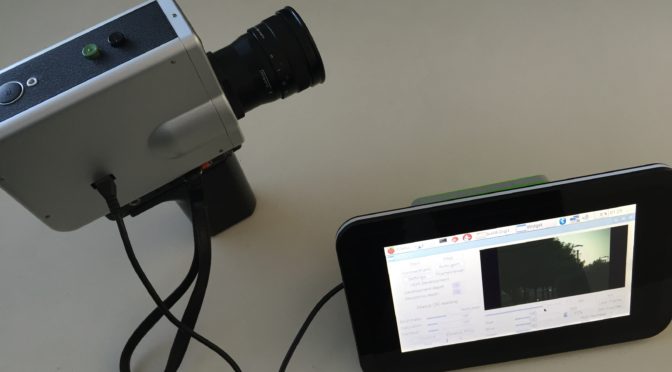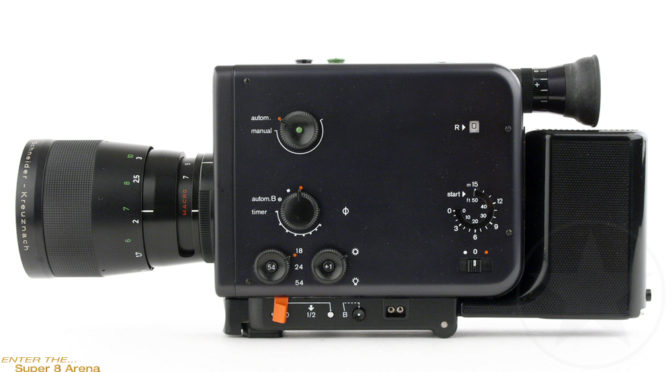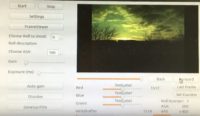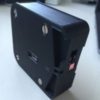We took the wearable control unit and the Digital Super 8 cartridge outside for some portable testing.
At dusk we shot the grapes growing in the garden. First part is dark at 200 ASA but we also tested the autogain function that increases the CMOS sensor gain as necessary, leading to better brightness. At the cost of noise in the images of course.
We decided to not color correct the images, just take the 12 bit RAW images (as always) and do the gamma correction. But leaving brightness, saturation, contrast, red, blue and green in their default state. Pretty pleasing results, filmed with the Nizo 481 macro lense at dusk.





